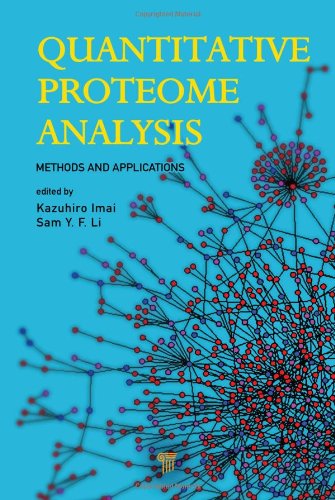

Most ebook files are in PDF format, so you can easily read them using various software such as Foxit Reader or directly on the Google Chrome browser.
Some ebook files are released by publishers in other formats such as .awz, .mobi, .epub, .fb2, etc. You may need to install specific software to read these formats on mobile/PC, such as Calibre.
Please read the tutorial at this link: https://ebookbell.com/faq
We offer FREE conversion to the popular formats you request; however, this may take some time. Therefore, right after payment, please email us, and we will try to provide the service as quickly as possible.
For some exceptional file formats or broken links (if any), please refrain from opening any disputes. Instead, email us first, and we will try to assist within a maximum of 6 hours.
EbookBell Team

0.0
0 reviewsThis book focuses on the advantages and disadvantages of each of the commonly used quantitative proteomic methods in terms of accuracy, sensitivity, and reproducibility. It also concentrates on the effective applications of these methods that resulted in many discoveries of the role of the proteins expressed in living cells and biological fluids. The first part of the book focuses on the description of advantages and disadvantages of each of the commonly used quantitative proteomic methods in terms of accuracy, sensitivity, and, especially, reproducibility. The second part of the book focuses on providing concise descriptions of the effective applications of these methods to demonstrate how they have resulted in many important discoveries of the roles of the proteins expressed in living cells.